This was published 3 years ago
The 10 strangest foods I've ever eaten (and three I'll never eat)
By Ben Groundwater
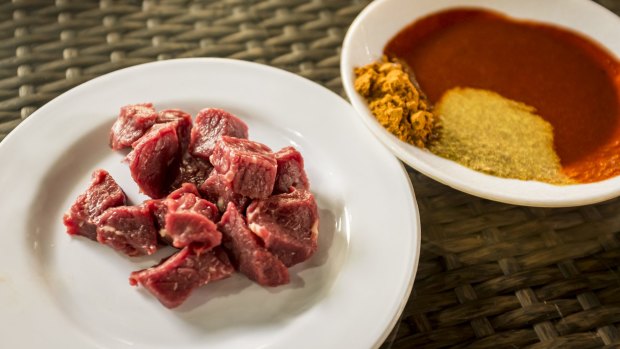
'Tere siga' in Ethiopia is large hunks of raw, fat-laced, room-temperature meat.Credit: iStock
What's the weirdest thing you've ever eaten? I never know how to answer this question. One, because I don't really carry around a list in my head. And the other is because, who gets to define "weird"? What's considered weird for you to eat is completely normal in other cultures (do you have any idea, for example, how bizarre it seems to some people to eat a kangaroo?).
So, I won't call any of the following foods weird. Let's say they're unfamiliar to most Australian palates. Let's even say that, all things considered, they're probably a bit strange, sometimes even in their country of origin. However, they're also a huge part of the travel experience, and often a mark of respect to locals for you to sample.
And that's a key point. What we're talking here often isn't food for bragging, or food for thrills. It's food for respect. And I'll try (almost) anything for that.
Puffer fish sperm, Japan
"Fugu" is infamous, the poisonous puffer fish that has attained a feared and revered place in the popular consciousness of cultures that don't even eat the stuff. In Japan, fugu is served at dedicated restaurants that prepare pretty much all of the fish, save for the deadly parts. And that – at the Tokyo restaurant I visited, at least – includes the fish's golf-ball-sized sperm sacs, which were lightly grilled over charcoal, and served. Surprisingly tasty, too.
Fermented horse milk, Mongolia
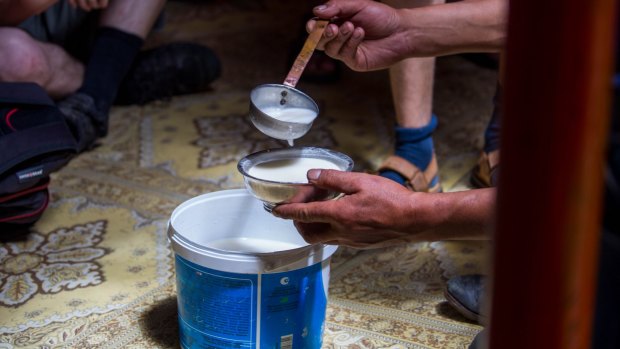
Credit: iStock
Known to locals as "airag", fermented mare's milk is a staple sustenance of the nomadic Mongolian people, and definitely not something to be shocked or challenged by. Except, it is quite challenging when you're handed a large bowl of this slightly sour, slightly effervescent milk and expected to drink it all. I couldn't finish mine.
Live octopus, Korea
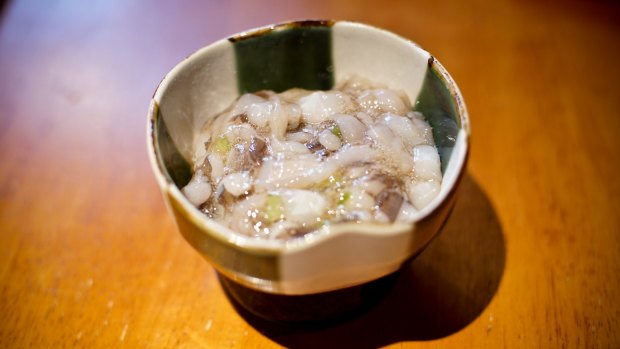
Credit: iStock
"Make sure you chew really quickly," I'm advised. "A few people die from eating this every year."
Fantastic. The reason they die is because the still whipping, sucking tentacles of the live octopus that was just dismembered at our table sometimes stick to the inside of people's throats and choke them. But this is sannakji, a traditional Korean dish often eaten with makgeolli, a milky rice wine, and who am I to tell everyone in this bar that they're wrong?
Boiled horse with pasta, Kazakhstan
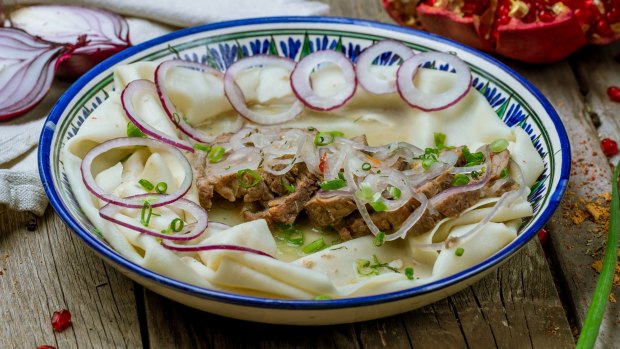
Credit: iStock
I was almost lynched for saying a few unkind words about beshbarmak, the national dish of Kazakhstan, a few years ago, so I'll keep my thoughts to myself this time. Instead, I'll just describe this dish of celebration and of passion: chunks of horse meat are boiled and then served with onions and large sheets of pasta, and the idea is to eat it with your hands.
Donkey sausage, France
In the Alpine Savoy region of eastern France, it's common to use all sorts of meats, mushrooms and fruits to make saucisson sec, the traditional dried sausage. One of those meats is donkey – not an animal we tend to consume in Australia, but a staple in many parts of the world. And, because this is France, the donkey saucisson is extremely good.
Raw beef, Ethiopia
Plenty of cultures eat raw beef. It's carpaccio in Italy, it's tartare in France, it's yukhoe in Korea. In Ethiopia there's a classic dish called "kitfo", raw minced meat mixed with warmed butter – a little like "kibbeh nayeh" in Lebanon – which is delicious, particularly when paired with spongy, sour injera bread. But then there's another dish, "tere siga", which is large hunks of raw, fat-laced, room-temperature meat. Now that's a challenge. I love Ethiopian food, but tere siga isn't for me.
Beef liver sashimi, Japan
I'm not sure if I'm getting myself into trouble here or someone else, but raw beef liver in Japan is technically illegal, and this was served to me at an incredibly good restaurant in Kyoto by a friendly chef who asked me to put my camera away when it was plonked on the bar in front of me. So yeah, not above board. Maybe not even traditional. But as is the case with pretty much everything in Japan, very tasty.
Snake penis wine, Vietnam
If you've spent much time in south-east Asia you've probably seen rice wine fermenting in jars with whole snakes inside, often displayed in shopfronts or by the side of the road. I'd seen them already when I first went to Vietnam and found myself drinking with a few locals in a restaurant outside Hanoi. What I hadn't seen was a wine fermented with only the penises of snakes. The locals said it would be good for my manliness, or something like that. Pretty sure it didn't work.
Grasshoppers, Uganda
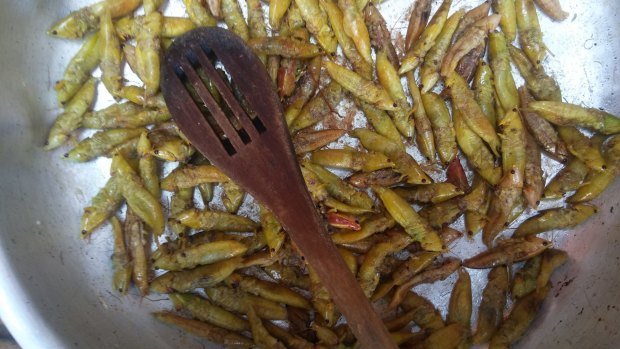
Credit: iStock
In a market in Kampala, there was a lady sitting cross-legged on the ground, pulling wings off grasshoppers, gradually making her way through a huge sack of them. Grasshoppers are a seasonal delicacy in Uganda, usually served boiled or deep-fried. At a few locals' urging I bought a bag – de-winged and fried – and chomped my way through them. Nutritious and delicious.
Guinea pig, Peru
Known to locals by the onomatopoeic "cuy" – like the squeaky sound they make – guinea pigs are ubiquitous on menus in Andean Peru, both a tourist attraction and a genuine local passion. They're often served deep-fried and pretty much always whole, which can be fairly confronting for those a bit squeamish about eating the family pet. But this is culture; this is reality. Cuy aren't the best thing you'll ever eat, but they are an experience.
But I won't eat that…
Here, for the record, are a few things I just don't think I could eat even out of respect. Fried tarantulas in Cambodia. Too mushy. Too spidery. Hakarl, or rotten shark, in Iceland. I mean, it's rotten. And balut, a duck embryo in its shell, in the Philippines. Which I feel is self-explanatory. No judgement, just not for me.
What are the strangest or most challenging things you've eaten on your travels? Do you think it's a mark of respect to try local dishes? Is there anything you have refused to eat?
Email: b.groundwater@traveller.com.au
Instagram: instagram.com/bengroundwater
See also: The perfect meal doesn't exist, but this is as close as it gets
LISTEN: Flight of Fancy - the Traveller.com.au podcast
Sign up for the Traveller Deals newsletter
Get exclusive travel deals delivered straight to your inbox. Sign up now.